40 mile run through the desert

We gathered around the start line. The sky fading into that space-age blue, revealing outlines of towering mesas. I handed my friend, Jesse, extra safety pins for her running bib, she poked them through her running shorts. It was a sea of bobbing headlamps, giddy stretches and jumps. The announcer called a countdown time and asked how many people this was their first longer than a marathon distance. Jesse raised her hand with the tentative group and she looked at me, smiling, “I hate being your friend.” Laughing, I affirm, “This is gonna be great.”

Watches beeped, ready for the starting bell. We hovered in the back-half of the pack, both having agreed the day before to start super slow. This was my first ultra distance run since I had major ankle surgery 20 months prior. I had (mostly) completed a training plan I felt confident in, but I was also treating this race as an experiment. A data point towards the big question of: will my ankle hold up to long distance running again. For Jesse, this was her longest race by about 10 miles. And going from 30, which feels like a marathon with extra credit, to 40 miles is an intimidating jump. This was a legit ultra-length event, we were nervous about just being able to finish.
The race began in the dark on a lovely gentle downgrade. This was it, it was go time, and we took it extra slow, settling in for what we estimated would be an 8-10 hour run. I mostly run off vibes, meaning my pace is tempered by my perceived effort. The energy of the crowd on race day can smudge perception, especially in the beginning. I reigned myself in until we got to the first aid station but once we piled onto a single track, I revved my engines a bit more — wanting to get past other runners to have some space.
You could feel the air temperature rising before rays even crested over the sandstone canyons slithering through Zion National Park. We meandered through jutting mesas gifting a perfect ultra-wide crop of this special desert, red cliffs and deep green valleys. I tried to savor the cool breeze for what was shaping out to be a hot, shadeless day. I pulled my sun hoodie over my head, initiating the slow but inevitable metamorphosis into my desert creature self.
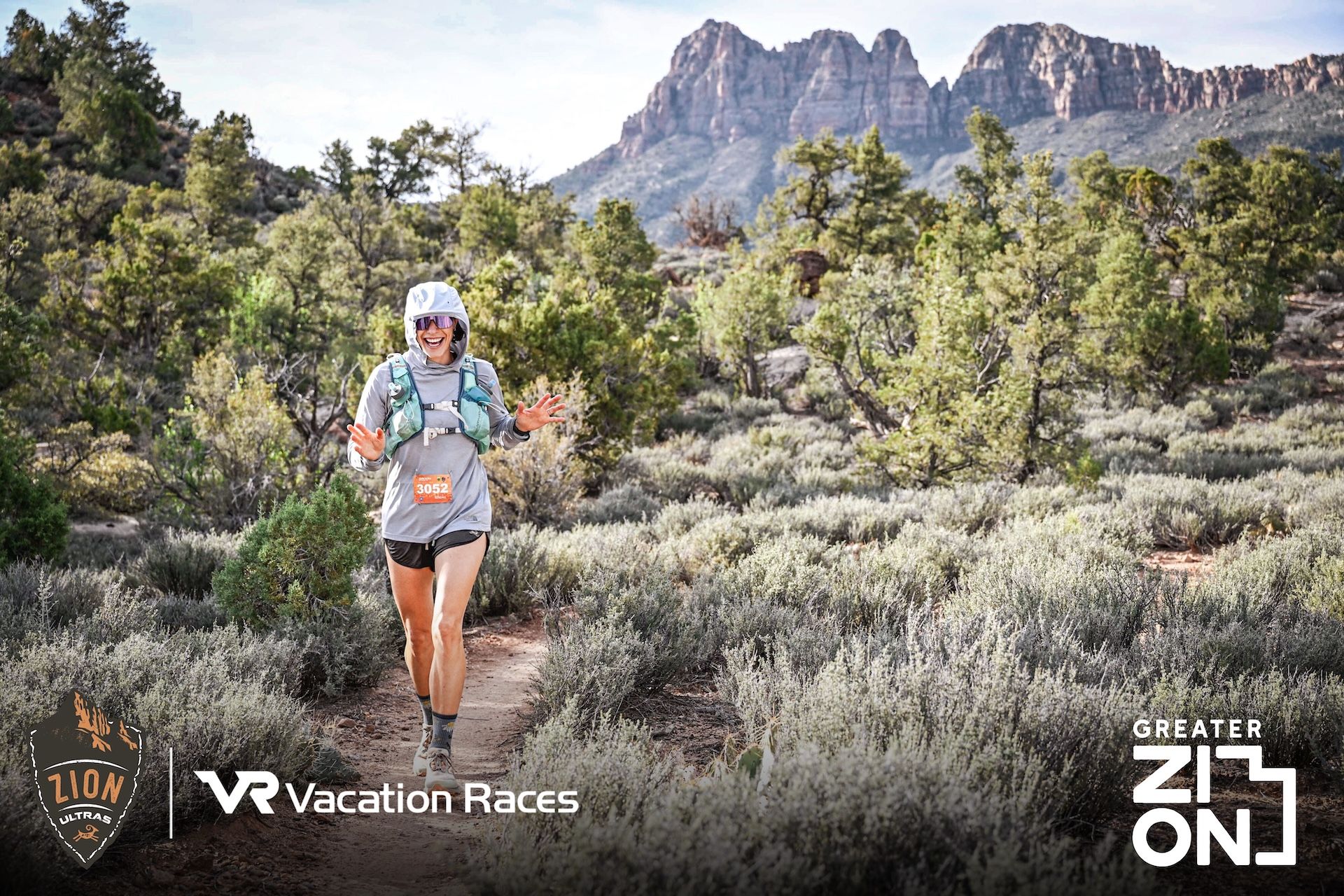
The trail was hard rock, gritty pebbles, and sand. People commented on and stumbled with its technical nature, but I felt right at home. Having trained in Sedona and mostly in my hometown Bishop — the desert and its variety of surfaces is a comfort.
I felt easy, strong, loose. People stopped to take photos of dawn, but I kept moving forward quickly, wanting to break away from the pack. In the first hour I downed two caffeinated gels, 30 minutes apart, in an effort to stay on top of my nutrition. In hindsight, this was one of my biggest mistakes.
Earlier that morning, I made matcha and stretched in our glamping tent, having risen extra early in an attempt to facilitate time for the oh so necessary pre-race poop. My stomach is a weak point for me as a runner. While for the most part I thought I knew the right combination of hydration and carbs to keep the dragon at rest, this race had some new lessons in store for me.
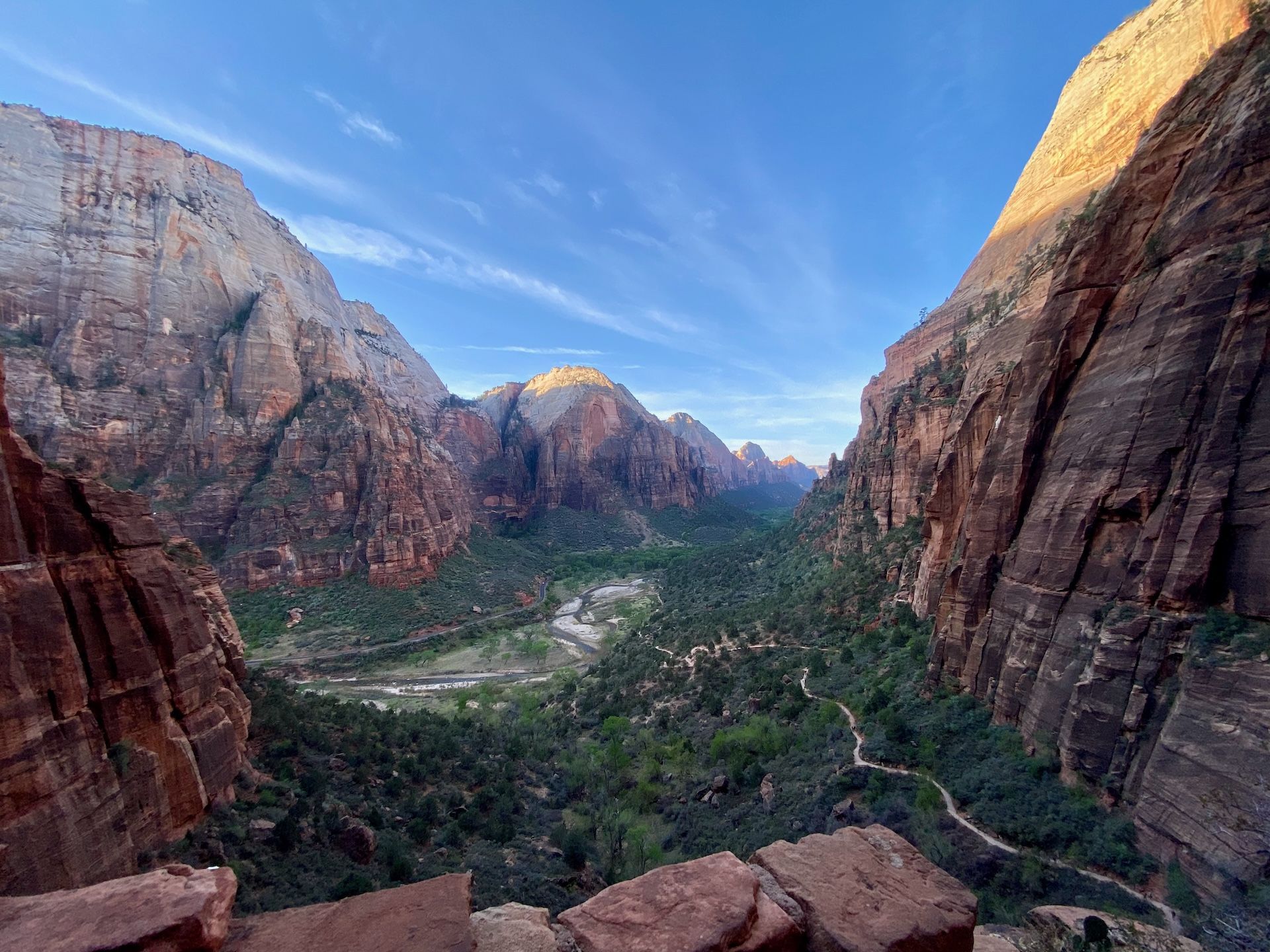
As an aside, for non-runners it may seem odd that I so openly talk about bowel movements but trust me, runners gut is a plague at endurance events. My rudimentary understanding is that while running, all the blood gets sent to your extremities to keep up with demand. This means your body deprioritizes digestion and whatever is in your gut will be evacuated in some way. During training for ultra running, it’s as important to train your gut as it is your legs, lungs, and mind. Because you need to consume calories during the long event, so your stomach can understand how to process those calories while you are on the move.
The running podcasts and training gurus spout about “fueling strategies”, intaking a certain number of calories per hour, and using this approach during all long training runs. And while I would definitely bring some stroopwaffles, bars or dried fruit on my long runs, I wasn’t rigorously implementing a race day fueling approach. What I now understand is that I was under-fueling my training runs, which were a short enough distance that I could sneak by without dire consequences. But on race day, everything went to shit — literally.
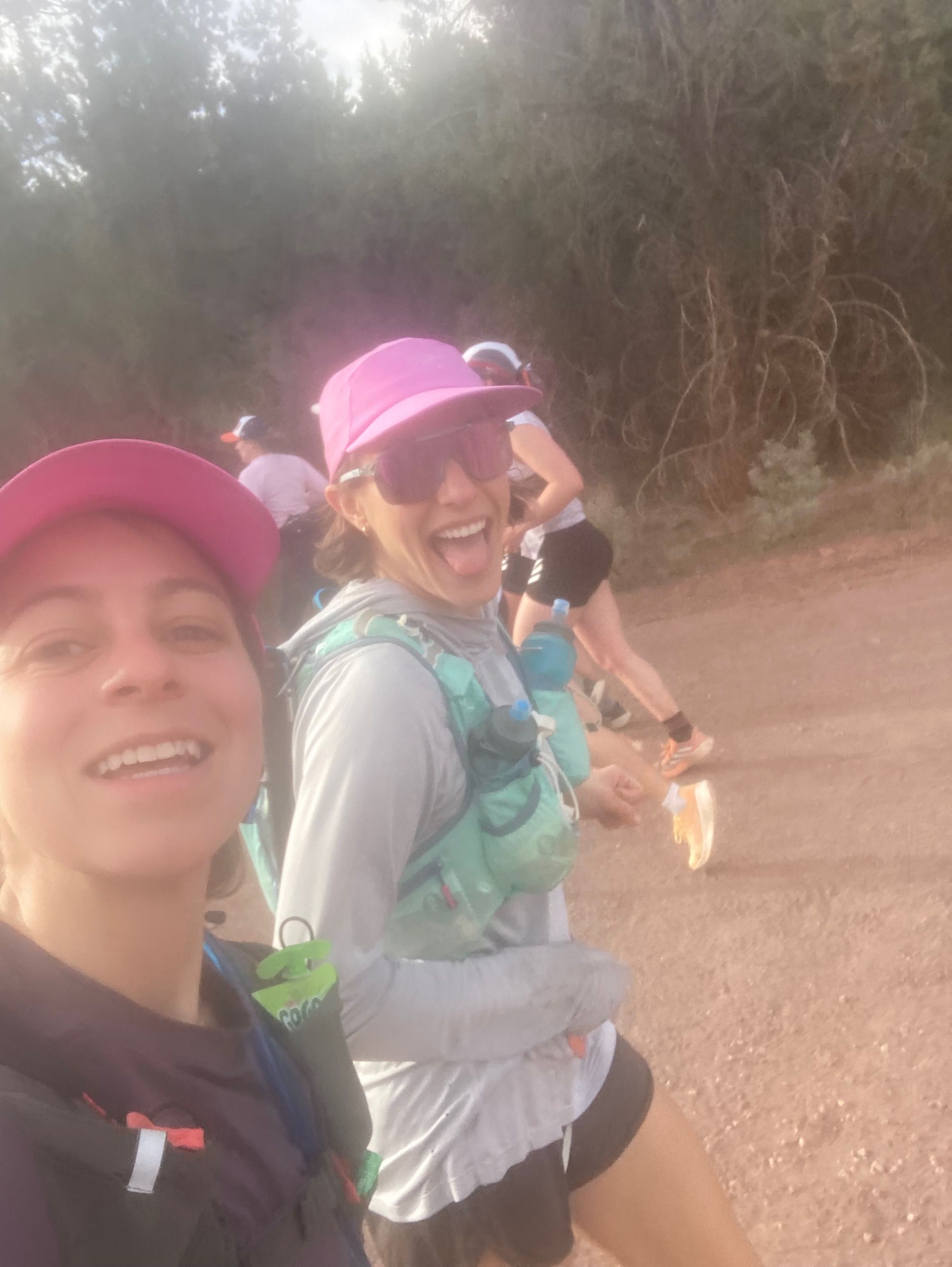
About 8 miles in, I felt the first twisting cramps. I knew this would happen, assuming I could go once and be good for the rest of the day. After making it to the aid station and standing in line for the porta-potty for what felt like forever, I had the deep sense and fear that my stomach would not be assuaged with just one stop. Jesse filed into the aid station after me, we filled up bottles and took off again this time jogging uphill on a wide road.
We both felt good, but also had upset stomachs. Despite this, we were all smiles and still very aware of pacing, trying to reign it in and walk when the grade was steep. We split up at the next aid station. Having spent another 10 or so minutes doing bathroom stuff, I was itching with the lost time. After the third, what I’ll courteously describe as a full on gut evacuation, I got the sense that this was, in fact, going to be my worst nightmare and theme for the race.
I kept moving. Stomach wrenching in waves. The mental chatter began. Fear, anxiety, resistant threads, complimented by a coaching voice that keeps me going. Every race has its challenges, something always hurts. In that moment I was dealing with stomach pain and discomfort. I tried to just let it move through me and accept it. I reduced my calorie intake, no more gels, and tried to stay hydrated.
As usual during these races, it wasn’t all miserable. There are waves of euphoria, constant camaraderie, sections of trail that feel light and fast. About 20 miles in, I began the self talk outloud.
“This is what you signed up for. Now the work begins. When the real pain comes, embrace it — this is where the growth happens. You got this. Move through it. Just take it 5 miles at a time. Make it to the next aid station, only concentrate on that.”
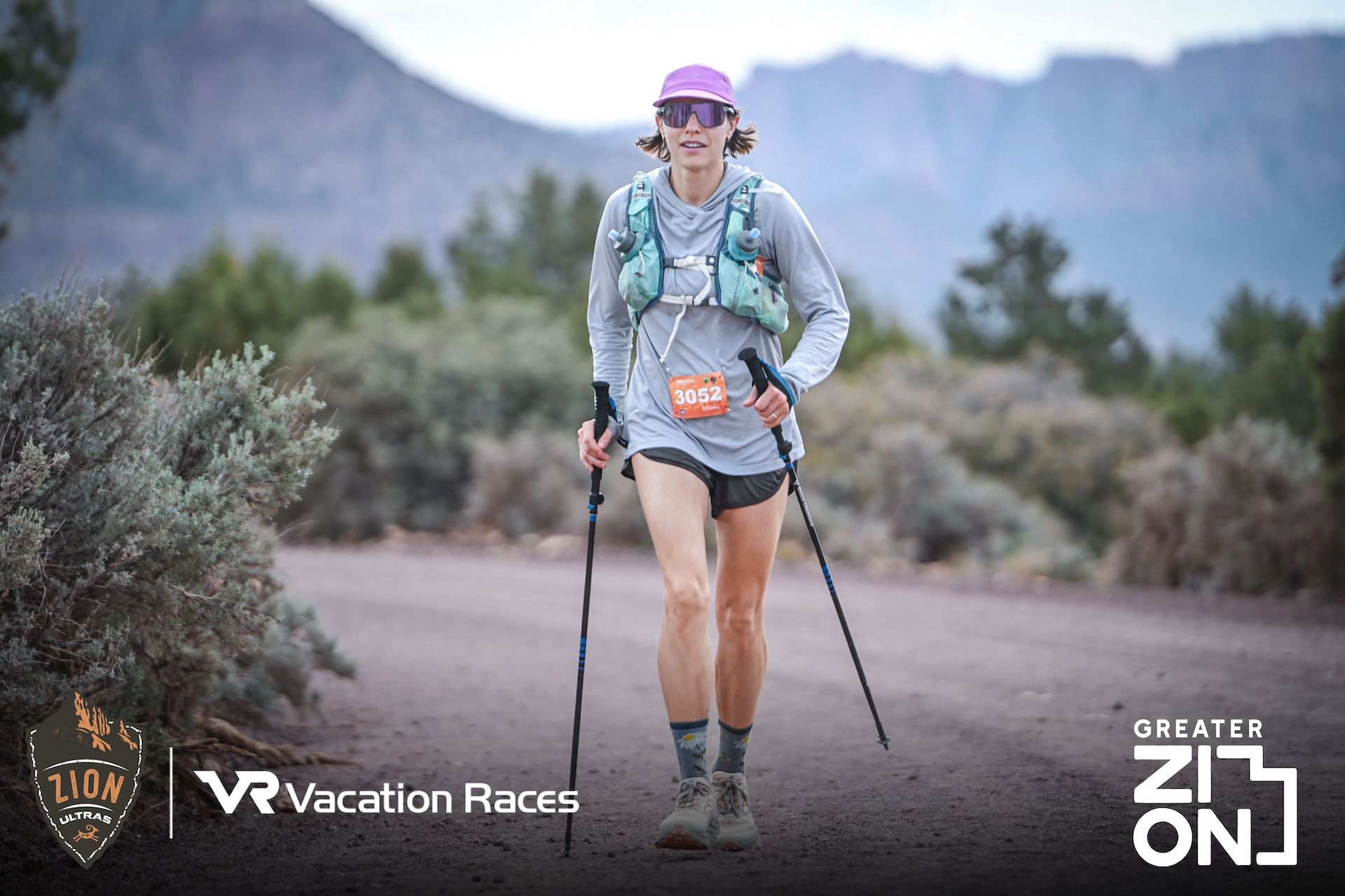
This starts to play on a track. I hit a hard section or feel some pain and fatigue, check my watch and then do a mental pep talk — “just run to the top of this hill”, or “just run 2 more miles, that’s it, that’s all you focus on”. Mentally you have to break things up into manageable goal posts or else the weight of the lofty pursuit would sink you. Because it is absolutely insane to move your body as fast as you can for that many hours.
In the later half of these races, weird things start to happen and its mostly a mind game at that point. My body moves like a robot, detached — shuffling, trotting, limping — possessed by forward motion. Small words of encouragement from another runner wafts my spirit for miles. Then there gets to be a point where everything hurts. Walking, eating, drinking, all my tricks don’t relieve the discomfort. And I remind myself of a trainer who said, “If it hurts the same amount to walk and run, then run.”
Around mile 30, the heat of mid-day, the lack of solid calories and dehydration start to catch up with me. At that point I was only able to stomach liquid calories, aka whatever gatorade-like concoction they had at the aid stations. And even that was making me nauseous. I started to outwardly whine while ducking into the bushes, my innards feeling squeezed and they had nothing left.
I fast-hike-power-walk-gallop-pseudo-ran my way into the final aid station and immediately sat down — completely drained. Ultra aid stations can feel like some sort of war-time triage zone. At this point, runners from various distances are all on different points of their race journey. 100 milers sit in camp chairs, crying, taping the entire bottom of their feet, staring off like zombies shoving candy and pickles down their throat. The veterans have big smiles on with big vibes, sharing positivity with everyone. People cheer, people collapse, people tap-out, people eat quesadillas and puke. It’s a whole lot of life energy funneled under some dusty tents in the far out wilderness.
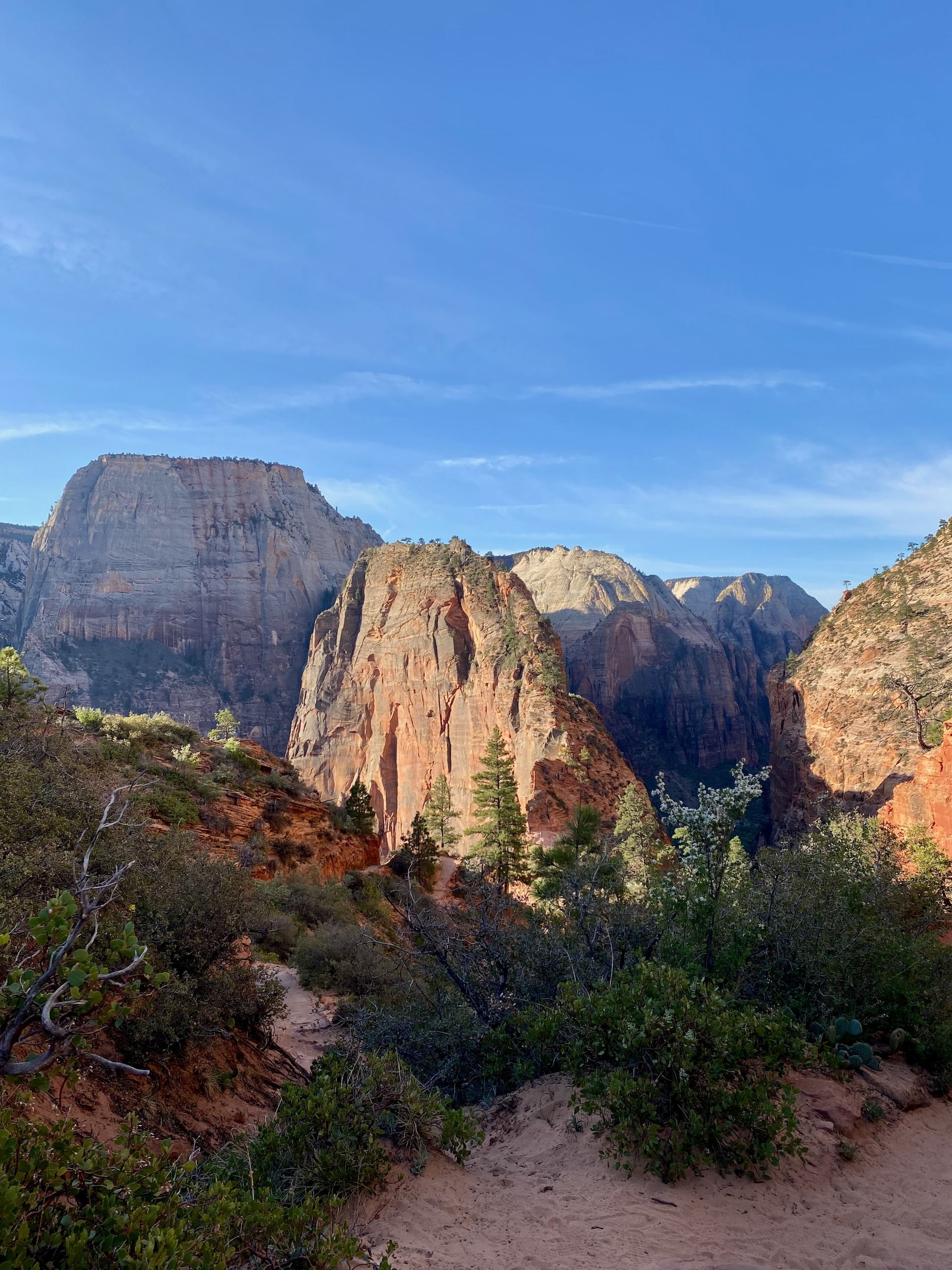
Jesse finds me crouched, suckling on sugar water. “You look like a wild animal,” she comments.
“I feel like shit,” I retort, “let’s finish this thing.”
With five miles to the finish, a deeper well of energy revealed itself. We recounted stories of our separate miles, where time feels so long and you make best friends with strangers. The smiles returned and we could hear the low base of music from the finish line. I started full on running again, passing a few people up the final hill — they cheered me on.
There’s nothing quite like the feeling of finishing an ultra-marathon — an injection of relief, exhaustion, unsteadiness and adrenaline. My gait goes wobbly and I find a spot in the dust, eyes peeled for Jesse to turn the corner for the finish.
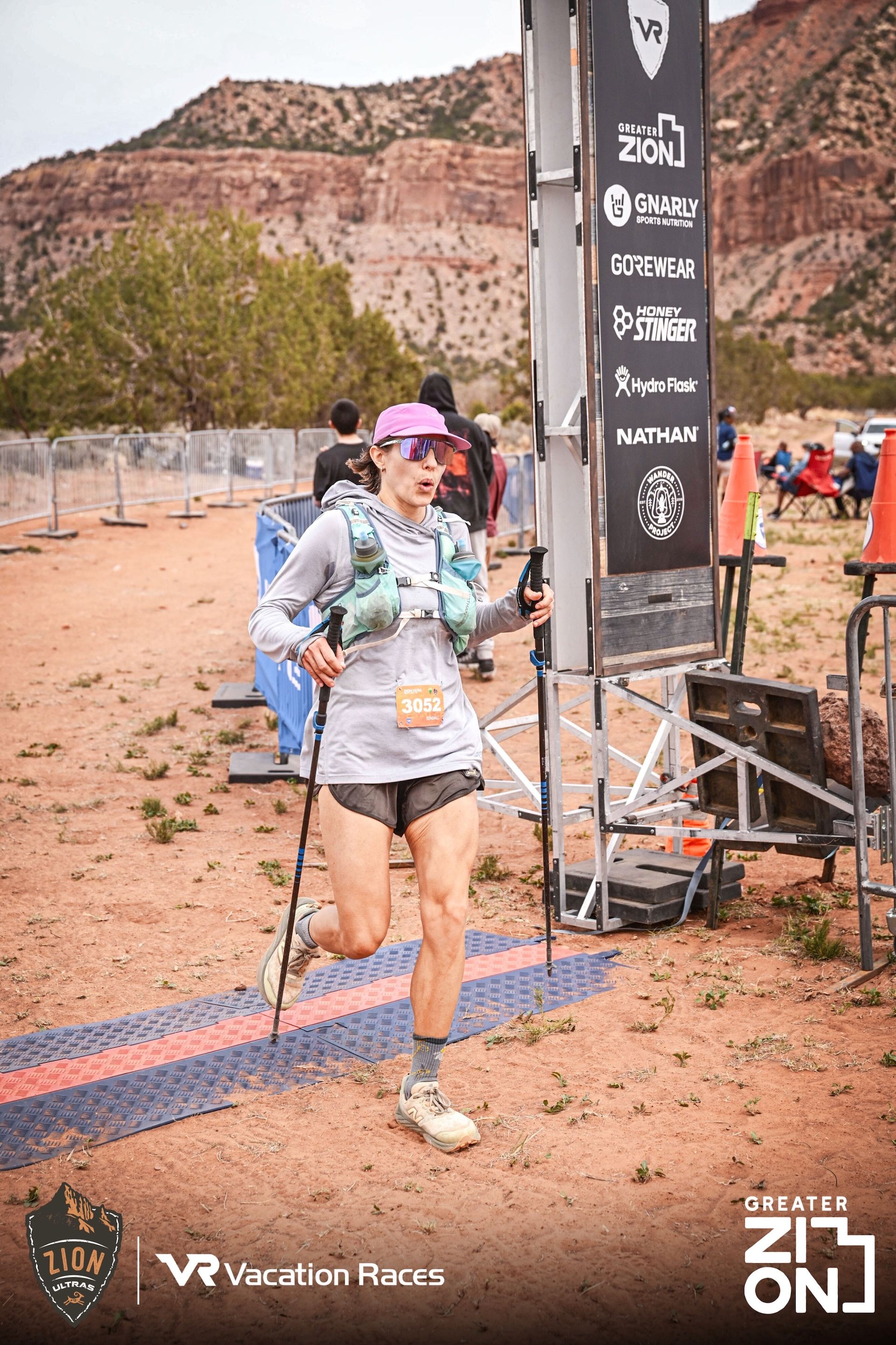
She looks miserable in the end, and annoyed at my loud cheers. I give her a big hug.
“I hate you,” she jokes, “I can’t believe we did this.”
Giddy, we hobble back to the car to collect ourselves. Having remained stationary for a bit, and almost as if my stomach knew the pursuit had finished, it released the vice-grip and I dug into a bag of kettle cooked chips — hunger outweighing trepidation.
Post race is a floaty, wonderful place. The pain hadn’t fully set in yet, and I felt so much joy and gratitude to have put the work in to experience it. Back at camp, we collapse into bed before dusk, murmuring before dozing off, “I think a 100k wouldn’t be too bad.”
- ← Previous
A return to writing - Next →
Cloudripper